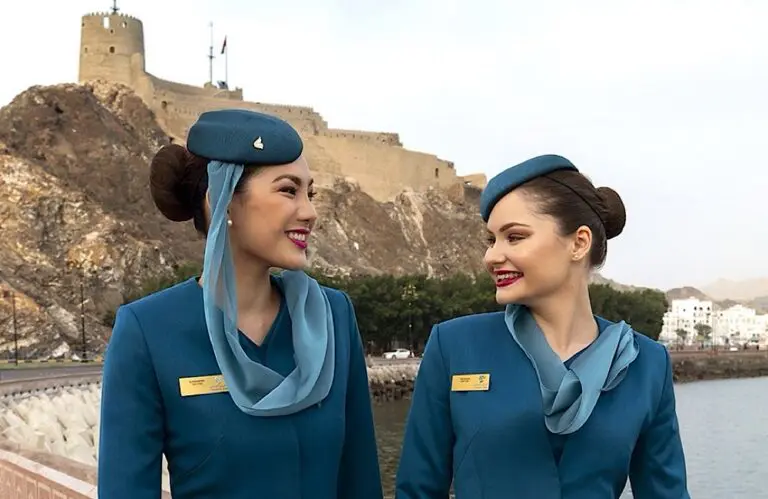Amadeus APAC Head of Commercial Development Resellers and Corporations INGRID PICARD looks at the evolution of corporate travel and its processes.
After a long period of little-to-no travel, the world of hybrid working, combined with the arrival of ‘work from anywhere’ flexible policies, has introduced new complexities for businesses when planning travel.
Many organisations are struggling to deliver smooth employee experiences and now recognise the need to adapt technologies and processes to ensure they are streamlined and accessible.
As we look towards the future of business travel – investment in travel and expense management (T&E) tools will play a key part in this transformation, enabling a collaborative and efficient travel booking, payment and expense experience.
In order to foster productive collaboration and achieve higher employee engagement, companies must invest in the right technologies to improve employee experiences.

Digital transformation
When COVID-19 happened, not only did it speed up the digital transformation that was already underway, it created new opportunities for businesses to invest in new technologies. Many companies realised that they were too reliant on old, manual processes that required employees to be in-person.
A new employee experience: Making T&E fit for the new digital workplace, an Amadeus research paper conducted by Forrester found that accelerating digital transformation is now top of mind for 76 per cent of organisations, with 75 per cent listing efficiency as ‘critical’ on their agenda.
Considering frequent difficulties in approvals, long delays, and with business trips often being last minute and intricately organised, it is clear that businesses need to find efficient alternatives as the world moves back to in-person corporate events and conferences.
With hybrid working here to stay, and employees being increasingly time poor, businesses will look to digitalise expense receipts, removing the laborious tasks of printing, signing and attaching receipts. Investment in T&E tools ensures this is not only executed seamlessly, with processes managed in one place, but also guarantees heightened data security protection.
Driving sustainability
In light of the 27th Conference of the Parties to the United Nations Framework Convention on Climate Change (COP27) and the global drive towards reduced CO2 emissions, travellers are becoming more aware of their carbon footprint, and business leaders will undoubtedly want to reduce their overall carbon cost.
In fact, Forrester’s study found that 66 per cent of companies want to prioritise driving sustainability in ESG policies and practices over the next 12 months, showing it is very much front of mind.
Businesses are aware that they need to ensure they are investing in tech solutions that helps them reach their sustainability targets, and 80 per cent of respondents believe that improving T&E process is critical to helping their organisation achieve these goals.
T&E tools such as sharing emissions of each journey and providing a report for each business trip, known as ‘carbon budgeting’, enables travellers to make better informed decisions during the booking process. The tool can also capture and present relevant statistics to users, such as CO2 spent and CO2 budgeted.
Technology that automatically shares details about the carbon emissions of a flight or a rail trip at the point of booking enables travellers to make an informed choice. This is a must for any corporate booking tool, both saving admin time and allowing organisations to proactively step towards carbon neutrality.

Bleisure and more
With employee retention more important than ever, employers are willing to offer flexibility through hybrid work across the globe and incentives, however they also want to ensure employees are still being looked after.
As business travel continues to thrive, we are seeing an increase in ‘bleisure’ travel, where employers allow employees to blend business and leisure trips, making trips more rewarding, with options to switch from planes to trains for longer, more sustainable business trips.
While this will undoubtedly improve employee satisfaction, ending the once normalised routine of the red-eye ‘event sandwich’, it of course means more planning and complexity of schedules.
Forrester found that 35 per cent of organisations expect improved visibility in employees travel and the ability to anticipate burnout through T&E.
T&E systems will allow users to plan trips and share travel details with colleagues without ever leaving their day-to-day applications, keeping everyone in the know in the busy world of hybrid working, and allowing a more enjoyable business travel experience.
For example, Cytric Travel and Expense system’s recent integration to Microsoft allows employees to plan, book and change their journeys with a much more interactive, intuitive and seamless experience.
Flying to the future
As leaders look to improve the employee experience to support hybrid working, it is fundamental that businesses move away from the arduous processes of the past and create a stress-free experience that employees find enjoyable rather than a burden of the job.
With business travel back as an integrated element of many job roles after a two-year hiatus, it is inevitable that business processes will be out-of-date and incompatible with the new working world.
Now is the time for leaders to embrace the technology that can help them update their systems and processes accordingly.
Earlier this year, an Amadeus global study identified four key traveller profiles that will shape what people want from travel in the future, and right now.





